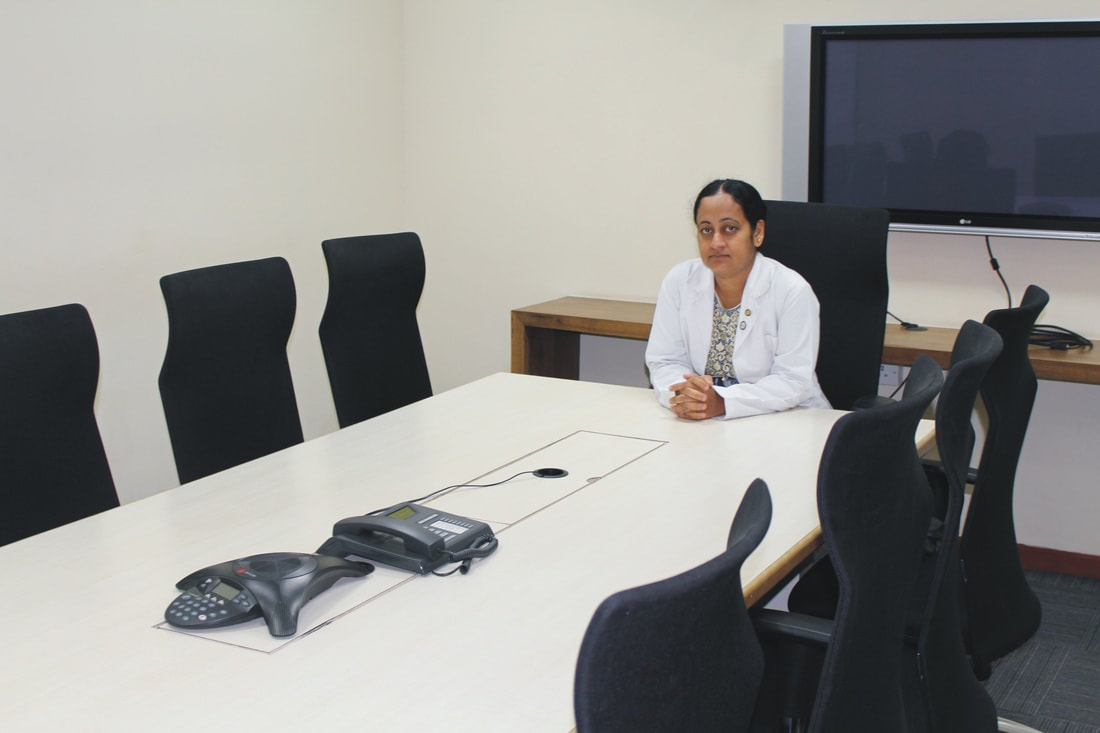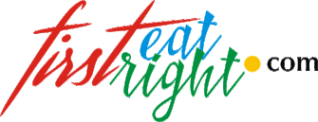|
Exercise might be an integral part of daily routine, a sort of punishment as believed by kids, adolescents and few younger adults too and for few others exercise is their lifeline. While normally a person spends anywhere between 15 minutes and 75 minutes a day exercising there are some who invest 3,4 or 5 hours a day for exercising-it might be their profession, passion or a means to some other end. Too much of anything is not desirable and when individuals start performing too much exercise on any given day, they start feeling extremely tired and even fatigued. High intensity repetitive eccentric exercise causes muscle damage which decreases muscle strength and increases delayed onset muscle soreness (DOMS) and serum creatine kinase (CK) levels.
Starting a new exercise schedule is interesting and demanding as it involves planning, performing and balancing the newly formed routine. But beyond all these comes the muscle soreness that demands maximum attention-you might be finding it hard to even get out of bed or raise your hands to brush the teeth. Such soreness is something experienced by most individuals when they start working -called as DOMS. DOMS occurs when exercise causes stress to muscle tissue beyond what its accustomed to. Small microscopic tears occur in the muscle and there is damage to muscle fibre. There is damage to cell membrane and an inflammatory response often caused due to eccentric exercise performance such as running downhill, stepping, weight lift, etc. DOMS peaks 24-48 hours after activity and disappears without a trace 5-7 days after exercise. We know that DOMS is inevitable but there have been different research studies that have tried to control its impact with the help of warm-up exercises, stretches, ultrasound therapy, ice therapy, massage and supplementations but unfortunately, they have not been able to come to a definite conclusion regarding any of them. One must note that DOMS doesn’t spare anyone and even bodybuilders and athletes are bound to experience it. Exercise needs energy to perform, a lot of energy! This leads to the production of free radicals, lipid hydroperoxides, oxidative stress and changes in blood antioxidant concentration. Such markers of oxidative stress lead to oxidative damage and inflammation paving way for the occurrence of metabolic diseases; they also bring about enhanced exhaustion as well as decreased efficiency. Researchers believe that oxidative stress might also be the reasons for DOMS. Hence, the fitness-conscious individuals have always been interested in minimizing oxidative stress via different methods-such as use of supplements rich in micronutrients such as vitamin A, E and minerals. There is the practise of taking these supplements by athletes and other individuals too but their actual effect on stress, insulin metabolism, lipid profiles, muscle recovery and performance remains unknown. Mankind is interested in trying out different ways and means to achieve a goal and that’s known already. We have different medicinal streams including Allopathy, Homeopathy, Ayurveda and so on-each of them are beneficial in their own way although we don’t have evident proofs supporting their effects on mankind. There has been an increased interest in using alternative medicine for treating diseases such as autism spectrum disorder and now, researchers have shown an inclination to use herbal medications such as grape seed extract (GSE) for decreasing oxidative stress in athletes. Grape Seed Extract GSE is one of the important supplements used as an anti-inflammatory agent in traditional medicine. Its also a vital source of oligomeric proanthocyanidine (OPC) that’s an excellent antioxidant compound that is touted to provide protection against free radicals. Its believed that GSE provides almost 50 times higher oxidant-lowering effect compared to vitamin C and E and is also a potent source of flavonoids, linoleic acid fatty acids and phenolic procyanidins. Its been already shown that OPC decreased oxidative and lipid damage to the brain, liver and gastrointestinal mucosa in diabetic animals. Another study by Shawo et al. showed that GSE reduced oxidative stress due to H2O2 while certain other studies have proved that GSE is rich in analgesic and anti-inflammatory properties that’s effective in reducing pain and inflammation due to DOMS. GSE Effect on Preventing DOMS A double-blind randomized study with 20 young healthy female students with no history of muscular bruising or regular activity for almost 6 months before the trial was conducted. Inclusion criteria included being in a specific period of menstruation, no steroid and non-steroid anti-inflammatory drugs and antioxidant supplements. All the participants were randomly assigned into one of the two groups-GSE (n=10) and control (n=10) group. Members of the GSE group received GSE as a capsule of 400 mg consuming 1200 mg/day, 7 days prior to exercise for 48 hours while members of the control group received lactose in the same fashion. All of them refrained from consuming any other supplements during this period and after the GSE/placebo supplement, an exercise protocol was followed by each participant-warm up for 15 minutes after which they sat in a chair for help with an assistant. CK and LDH (lactate dehydrogenase) levels were measured by taking their sample blood tests. Results showed that there was no significant difference between the two groups at baseline in CK, LDH and VAS (visual analogue scale used to measure pain intensity). CK increased in both groups 24 and 48 hours after exercise with no significant difference between groups at any time. There was an increase in VAS scores in both groups after exercise compared to before exercise. VAS scores were significantly lower in the GSE group compared to the PLC group, 24h and 48h after exercise. It was observed that though GSE did not decrease CK and LDH enzyme activity its anti-inflammatory properties are helpful in reducing pain after DOMS. GSE Effect on Muscle Damage After Eccentric Exercise The study included 16 healthy male students who did not exercise for the past six months, had no musculoskeletal disease, did not smoke and did not take any supplements. Each of them was randomly assigned to either the GSE (n=8) or control (n=18) group. Each of them performed 2 sets of eccentric exercise consisting of 25 repetitions each with a rest time of 5 min between sets. Participants in the intervention group consumed GSE extract in capsule form (300 mg) with water once per day in the evening up to 72 hours after eccentric exercise. The placebo consumed capsules containing starch in the same manner. Each of the participant’s maximum muscle strength was measured and the visual analogue scale (VAS) was used to measure muscle soreness. Blood samples were taken to measure CK levels. Results showed that there was no significant interaction between GSE supplementation and maximum muscle strength and muscle soreness. But CK levels showed a significant decrease between GSE and placebo groups, there was a significant decrease in CK levels 96h after exercise in the GSE group compared to the placebo group. This study showed that acute supplementation with GSE after exercise did not affect maximal muscle strength and muscle soreness in the present study. GSE Supplementation & Effects on the Biomarkers of Oxidative Stress in Female Volleyball Players This was a randomized, double-blind placebo-controlled trial which included 40 female volleyball players aged 14-42 years after imposing several exclusion and inclusion criteria. All of them were split into two groups-group 1 received 300 mg of GSE (n=20) and group 2 received placebo pearls (n=20) twice a day for eight weeks alongside lunch and dinner. Weight, height and BMI measurements of all participants was taken. Fasting blood samples were taken before and after the intervention-total antioxidant capacity (TAC) of the plasma was measured, total glutathione (GSH) and malondialdehyde (MDA) levels, nitrite/nitrate (NOx) and fasting plasma glucose (FPG) were measured using different methods. The homeostatic model of assessment for insulin resistance (HOMA-IR), the homeostatic model of assessment for beta cell function (HOMA-B), and the quantitative insulin sensitivity check index (QUICKI) were also measured. Results showed that mean age, height, SBP (systolic blood pressure) and DBP (diastolic blood pressure) were not statistically different between the GSE and placebo groups nor were mean weight and BMI before and after the 8-week intervention period. There was no significant difference found in dietary micro- and macronutrient intake between GSE and placebo groups. There was a significant rise in plasma GSH and significant decrease in MDA and serum insulin concentration levels, HOMA-IR and HOMA-B. GSE had no effect on CPK, TAC, NO, FPG and lipid concentrations compared to placebo. Within-group differences showed a significant decrease in total-/HDL-C in the placebo group. The study showed that administration of GSE for eight weeks in female volleyball players showed beneficial effects on some biomarkers of oxidative stress and insulin metabolism parameters. References Delayed Onset Muscle Soreness (DOMS) in Young Healthy Female Students: http://www.sportscienceresearch.com/IJSEHR_201931_03.pdf Effects of Acute Grape Seed Extract Supplementation on Muscle Damage After Eccentric Exercise: https://www.sciencedirect.com/science/article/pii/S1728869X18303344 Grape Seed Extract Supplementation & the Effects on the Biomarkers of Oxidative Stress & Metabolic Profiles in Female Volleyball Players: http://ircmj.com/en/articles/16766.html Comments are closed.
|
AVOID FRAUD. EAT SMART+91 7846 800 800
|
- Home
- Written Testimonials
- Consult
- Clinics
- Blogs
-
Diet & Nutrition
- Diabetes Reversal
- IVF IUI not needed for PCOS PCOD Infertility
-
Medical Nutrition
>
-
Disease & Conditions
>
- Infertility | PCOS
- Diabetes Mellitus
- Cholesterol
- Hypothyroid
- Kidney Problems
- Hypertension
- Cardiovascular Diseases
- Liver Diseases
- Gastro intestinal disorder
- Cancer
- Metabolic Disorders
- Orthopedic Disorders
- Eating Disorders
- Dietary Recall
- Weight Record Filled By Clients
- Online Payment Transaction Details
- Online Clients Weight Check Form
- Our Program Package Service Charges
- Weight Record 2017 Clients
- Measurements sent by Clients
- Terms & Conditions Of Payment
- Thanks. Your Form is Submitted
- Video Testimonials
- Lifestyle & Wellness
- Lifestyle & Wellness Blog
- Allergy & Intolerance
- Weight Loss / Gain
- Weight Loss / Slimming Blog
-
Disease & Conditions
>
- Life Cycle Nutrition >
- Sports Nutrition >
- Integrity in Nutrition
- Knowledge Centre
© COPYRIGHT 2022. ALL RIGHTS RESERVED. FRST HEALTHCARE PVT LTD.
Dr. Nafeesa Imteyaz of First Eat Right clinic, is the Best Dietitian Nutritionist in Bangalore. Best Dietitian Nutritionist in Pune. Best Dietitian Nutritionist in Hyderabad. Best Dietitian Nutritionist in Chennai. Best Dietitian Nutritionist in Mumbai. Best Dietitian Nutritionist in Delhi. Best Dietitian Nutritionist in Kolkata.



